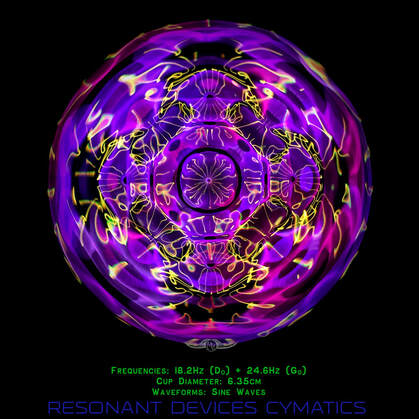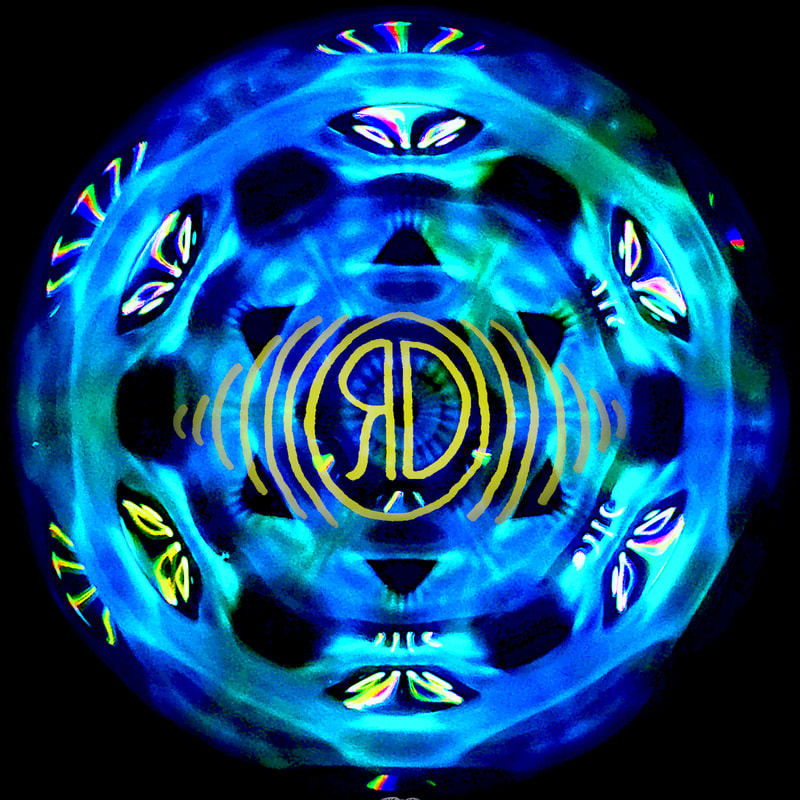|
Birefringence is probably a word you have never heard of before, yet have probably seen the effects of many times. In fact, if you have ever seen a yellow stream of color in my cymatics images spread into red and green colors (as seen in the upper right region of the image here) then you have definitely seen the effects of birefringence.
Simply put, birefringence is an optical property of a material that causes light passing through it to split into two separate beams, a phenomenon known as double refraction. We all know standard refraction when we place a straw in a cup of water, or view colors from a prism; double refraction is the same process, just occurring twice before the light beam exits the material. A common birefringent material is actually ice. Sometimes when the conditions are just right ice will form thin sheets that when held up to the sun will display beautiful rainbow patterns in the ice. This is birefringence. Sometimes clear molded plastics attain birefringent properties due to the changes in stresses in the plastic as it cools. The reason this phenomenon is happening in my cymatics experiments is because I use a fluid that has a surfactant in it (a surfactant is a substance like dish soap that reduces the surface tension of a fluid, making it more “slippery”). Because of the up and down undulations in certain regions of the fluid’s surface, and because a surfactant adsorbs (spreads) at the fluid’s surface, the surfactant builds up thicker in some regions than others. The light from the LEDs then passes through these thicker regions of the surfactant and undergoes double refraction. Birefringence! Thanks for reading, and happy learning ! This image was created by multiple frequencies (18.2Hz and 24.6Hz) oscillating a cup of blood mimicking fluid with diameter 2.5 inches. #iseesound #TheHalo #cymatics #birefringence
0 Comments
Leave a Reply. |

